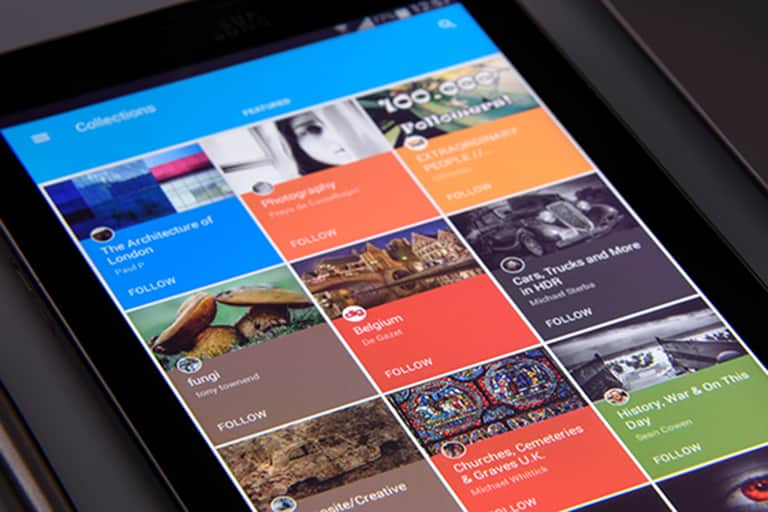With all of the information we have access to these days, you’d think we’d be exposed to a variety of topics. ComArtSci’s own Winson Peng, associate professor of Communication, is here to tell you that you might not be receiving as much information as you thought. Peng conducted research on how individuals’ news consumption has become less diverse. In other words, he discovered that people are likely to view similar information over time.
Peng presented his research at the conference of the International Communication Association this May in San Diego. His presentation was titled, “Structurally embedded news consumption on mobile news applications,” and is a collaboration between Peng and other two researchers in China.
His Findings
Peng’s goal was to discover and understand the patterns of human communication behavior. He did so by mining large amounts of digital traces on social media.
“In the study, the digital traces refer to users’ behavioral records on mobile news applications,” said Peng. “Our dataset includes 29 million news views from about 30,000 users in a 6-month time span using a popular mobile news application in China.”
Peng discussed “micro-information environments,” or environments with a very narrow range of information. Many social media sites take note of what we like to view, and what we try to avoid. This in turn leads us to a more personalized set of information.
“Voluminous and diverse information is available on social media for individuals to consume,” said Peng. “However, the recommendation algorithms deployed on many social media platforms will create an individualized micro-information environment. This will lead to the formation of “filter bubbles” for news app users, which will expose users of social media to more and more homogeneous information over time.”
Peng was surprised to find that with all of the information we have access to today, people actually end up seeing less and less of it.
“With the popularity of social media, we assumed that we are now embedded in a much richer information environment than we were in the past,” said Peng. “However, our consumption of news information is much more limited.”
Moving Forward
For future research, Peng hopes to take a more detailed study of the evolution of news content and the dynamics of news consumption. He notes that his current findings could help shape the way in which mobile news applications present information.
“Mobile news applications should be aware of this narrowing trend of users’ news interests,” said Peng. “To avoid the loss of users, mobile news services should maintain the diverse news interests of their users.”
Peng believes that in order for us to receive the most accurate information, we must be aware of many different categories of news. This way, we are learning about more diverse issues, rather than just one specific area.
“A recommendation system can set a minimum number of news categories to be displayed for each user,” said Peng. “Furthermore, mobile news services can investigate news interests and develop the potential news interests of users that are beyond their news viewing behavior and personal registration information.”
With all of the information out there, it’s impossible to consume it all. But next time you think you’re catching up on the latest news, make sure you’re widening your search.
By Katie Kochanny
